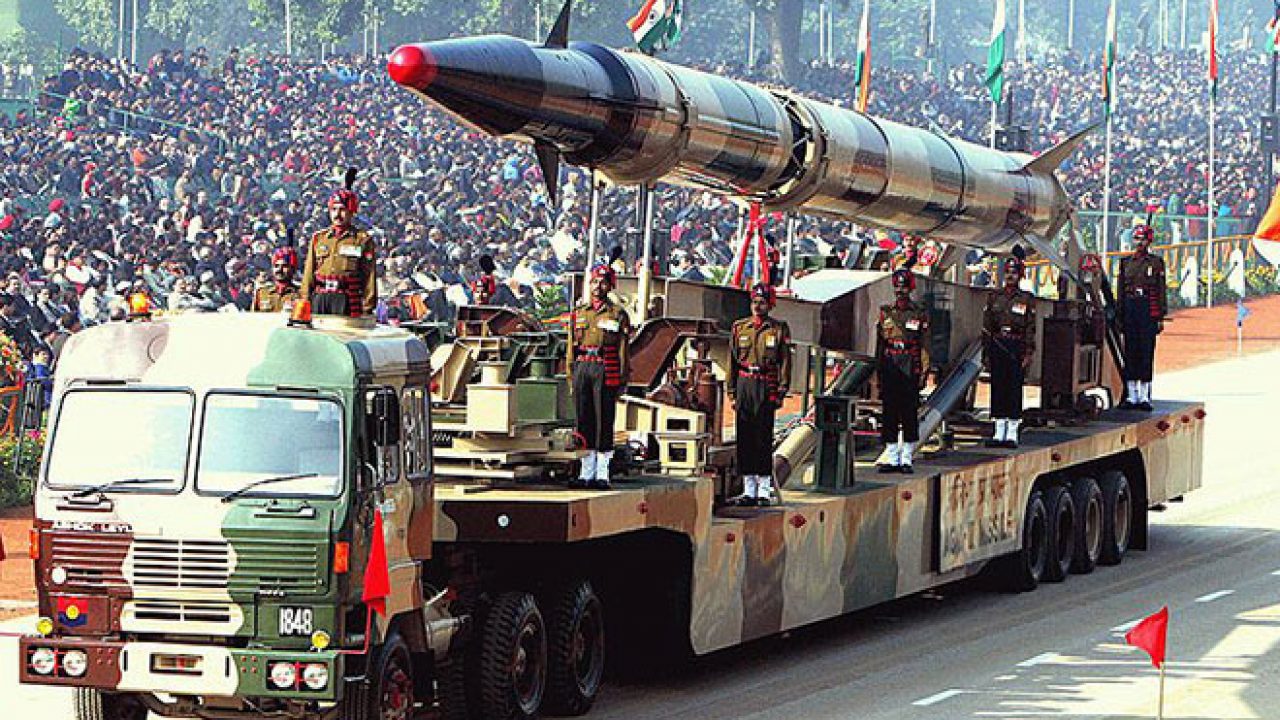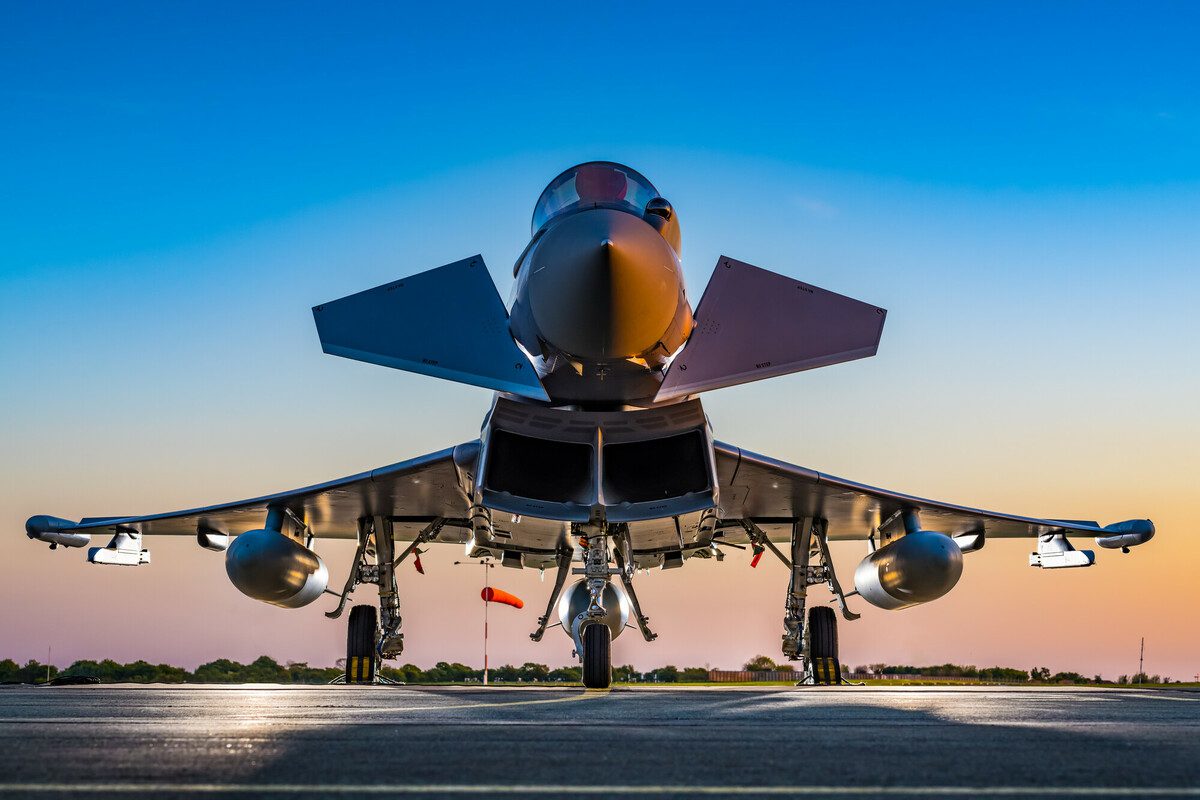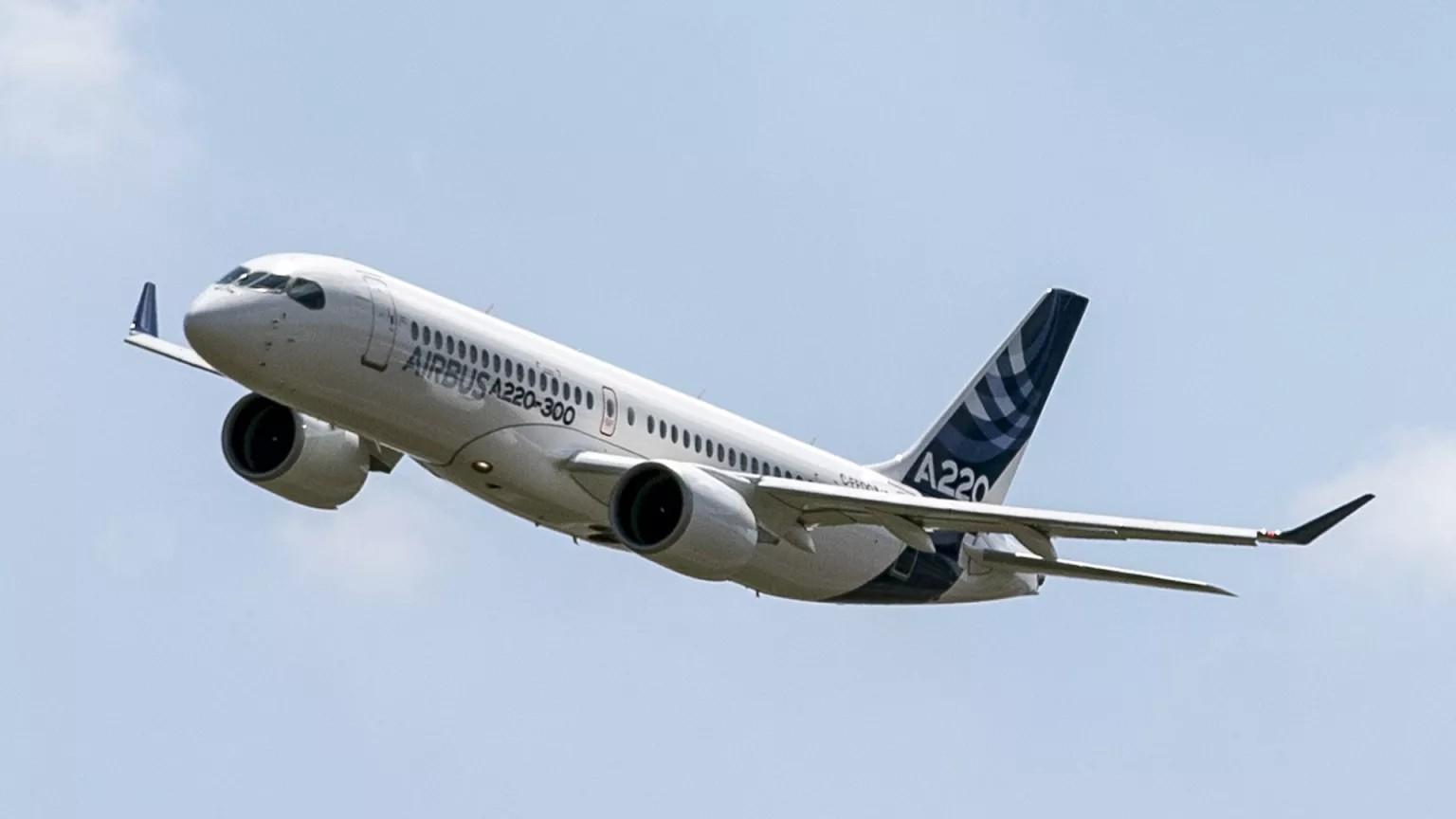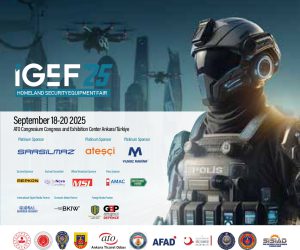Strategic Forces Command (SFC) called Strategic Nuclear Command forms part of India’s Nuclear Command Authority (NCA). NCA is responsible for the command, control, and operational decisions of India’s strategic assets. India’s Strategic nuclear command is a tri-service command established in 2003 under the government of Vajpayee in order to ensure the safety and security of Indian nuclear assets.
The commander-in-chief of SFC, a senior three-star military officer, manages and administers all strategic forces through a separate army and air-force chains of command. Its first commander was Air Marshal T.M Ashtana while Currently, Lt Gen Amit Sharma, VSM is heading the Indian Strategic Forces Command. SFC is included in the list of India’s 26 highly sensitive and secret operational authorities.
Its affairs are overseen directly by the CDS or erstwhile Chairman Chiefs of Staff Committee (CCOSC), similar to Andaman and Nicobar Command (ANC). However, during a conflict, the Prime Minister of India can directly order C-in-C SFC to carry out a nuclear strike.
- SURFACE-TO-SURFACE MISSILE
- 1 Short-Range Ballistic Missile (SRBM) group with Agni I
- 1 Medium-Range Ballistic Missile (MRBM) group with Agni II
- 1 Intermediate-Range ballistic missile (IRBM) group (reported forming) with Agni III
- 2 Short-Range Ballistic Missile (SRBM) groups with SS-250 Prithvi II
- EQUIPMENT BY TYPE
SURFACE-TO-SURFACE MISSILE LAUNCHERS 54
- Intercontinental Ballistic Missile (ICBM); Nuclear Agni V (in testing phase)
- Intermediate-Range ballistic missile (IRBM); Nuclear Agni III (entering service); Agni IV (in testing phase)
- Medium Range Ballistic Missile (MRBM); Nuclear ε12 Agni II
- Short Range Ballistic Missile (SRBM); Nuclear 42: ε12 Agni I; ε30 SS-250 Prithvi II;
- some SS-350 Dhanush (naval testbed)
- SUBMARINES • STRATEGIC (SSBN)
1 Arihant with 41-cell
- Vertical launch system (VLS) with K-15 Sagarika SLBM, 6533mm torpedo tube (TT)
- AIR-LAUNCHED MISSILES (ALCM)
- Nuclear Nirbhay (likely nuclear-capable; in development)
- Some Indian Air Force assets (such as Mirage 2000H, Su-30MKI, or Rafale Jet) may be tasked with a strategic role.
According to SIPRI Yearbook 2021, at the start of 2021, the nine nuclear-armed states including the United States, Russia, the United Kingdom, France, China, India, Pakistan, Israel, and the Democratic People’s Republic of Korea (North Korea) had a total number of 13,080 nuclear bombs.
Read More: The Mysterious Death of India’s CDS General Bipin Rawat
According to SIPRI, India’s share in the list stands at 156 nuclear warheads in total. With China in the process of modernizing and growing its nuclear arsenal, India has also focused on a modernization program which in turn has alarmed its nuclear neighbor Pakistan. Similarly, Pak is also following the same trajectory.
As with the change of U.S foreign and defense policy objectives from the global war on terror to return of great power rivalry which in sense is with rising China and resurging Russia.
The nuclear inventory has again started to increase. While experts fear that this trend has a negative impact on the global balance of power. However, many countries feel that with the return of great power competition, they’re being compelled to follow the trend.
With India as an aspirant global power, it has maintained its nuclear arsenal updated. Its recent standoff against China along the Line of Actual Control has once again affirmed the Indian strategic community to always maintain credible minimum nuclear deterrence against regional adversaries.
- Global Defense Insighthttps://defensetalks.com/author/umair/
- Global Defense Insighthttps://defensetalks.com/author/umair/
- Global Defense Insighthttps://defensetalks.com/author/umair/
- Global Defense Insighthttps://defensetalks.com/author/umair/













